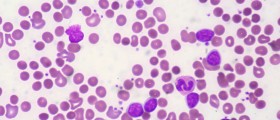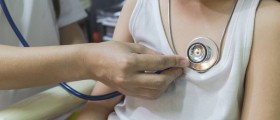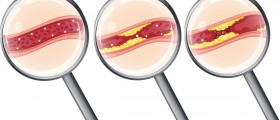
Peyronie's disease is a medical condition in which the penis gets infiltrated by fibrous plaques. The condition is also known under the name induratio penis plastica and affects approximately 1-4% of men. Peyronie's disease eventually leads to formation of abnormal scar tissue (plaques) inside the penis. The effects can be quite detrimental, not allowing a man to achieve erection and it generally causes pain.
What Are Clinical Characteristics of Peyronie's Disease?
The condition can develop suddenly or gradually. It usually leads to penis deformity and pain. Penis deformity becomes noticeable during erection. The organ can be bent to one side or curved. Furthermore, the penis may resemble an hourglass and have a tight and narrow band around the erect shaft. And finally, there may be a "hinge" effect when the organ seems erected but it actually bends sharply downward at the base. Pain associated with Peyronie's disease initially occurs during erection but it may also affect men during an orgasm and in severe cases the pain occurs spontaneously or if the organ is touched.
A well-experienced physician can feel the scar tissue or plaques under the skin of the penis. Additional symptoms include a difficulty achieving or maintaining erection and shortening of the affected organ.
What Causes Peyronie's Disease?
The abnormal curvature of the penis develops as result of fibrosing process in the tunica albuginea. This is a fibrous envelope that surrounds corpora cavernosa.
The actual cause of the condition has not been fully understood yet. However, it seems that the condition develops due to improper wound healing. Namely, even minor trauma to the penis during sexual activity may cause damage and if it does not heal adequately the disease occurs. Penis comprises two sponge-like and tube-shaped chambers that contain many tiny blood vessels. During sexual arousal the blood vessels are filled with blood and the organ expands, straightens and becomes stiffer. The tube-shaped chambers are surrounded by the tunica albuginea. It generally stretches during the process of erection. But this elastic tissue can get damaged and if it does not heal properly its stretching characteristics decrease and this eventually leads to the onset of the condition. Once the scar tissue is formed it stays forever and the particular sheet, the tunica albuginea, loses its flexibility. The final effect is bending of the penis and its disfigurement.
Treatment for Peyronie's Disease
Treatment generally consists of oral medications, penile injections and the final option is surgery. There are many oral medications proposed and tested for the condition but the information regarding their effectiveness have not been fully investigated yet. Direct injection of certain drugs into the penis is also under investigation. The injections may reduce curvature of the penis and if the doctor opts for such treatment the patient will have to receive multiple injections over several months. And finally, surgery is performed in severe cases of deformity. Surgical procedures in such case include shortening of the unaffected side, lengthening of the affected side and finally, penile implants.

















Your thoughts on this
Loading...